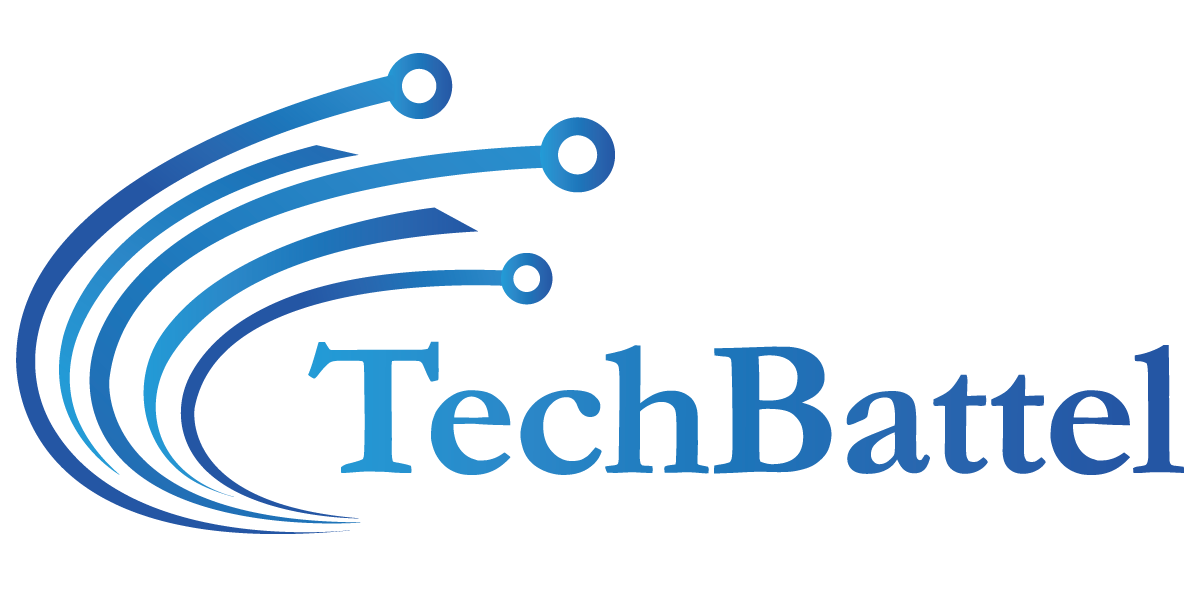API governance is critical for ensuring the security, compliance, and performance of APIs in any organization. Implementing API governance tools effectively can streamline the management of APIs, providing a robust framework for their lifecycle. This article explores best practices for leveraging API governance tools to enhance your API strategy.
Understanding API Governance
API governance encompasses the policies and practices that guide the creation, deployment, and management of APIs. API Governance tools automate these practices, providing a systematic approach to ensure APIs meet organizational standards and regulatory requirements.
Key Components of API Governance
Security Management
API governance tools enforce security protocols, including authentication, authorization, and data encryption. These measures protect APIs from unauthorized access and data breaches.
Compliance Enforcement
APIs must comply with industry regulations and internal policies. Governance tools help automate compliance checks, ensuring APIs adhere to necessary standards.
Quality Assurance
Governance tools standardize API design and implementation, improving consistency and quality. They provide guidelines and checks to ensure APIs are robust and reliable.
Best Practices for API Governance Implementation
Define Clear Governance Policies
Establish clear policies that outline security, compliance, and quality standards for API development. These policies should be communicated to all stakeholders involved in API lifecycle management.
Select the Right Tools
Choose API governance tools that align with your organizational needs. Look for features such as policy enforcement, real-time monitoring, and automated compliance checks.
Automate Policy Enforcement
Leverage API governance tools to automate the enforcement of policies. This reduces manual oversight and ensures consistent application of governance standards across all APIs.
Monitor API Usage
Implement continuous monitoring to track API performance and usage patterns. Governance tools provide insights into API traffic, helping identify potential issues and areas for optimization.
Regular Audits and Reviews
Conduct regular audits to ensure APIs comply with established policies and regulations. Use governance tools to automate audit processes and generate detailed compliance reports.
Benefits of Effective API Governance
Enhanced Security
API governance tools help protect APIs from security threats by enforcing strict access controls and encryption protocols.
Regulatory Compliance
Automated compliance checks ensure APIs meet industry standards and regulatory requirements, reducing the risk of legal penalties.
Improved Performance
Governance tools optimize API performance by enforcing best practices and monitoring usage. This leads to more efficient and reliable APIs.
Conclusion
Implementing API governance tools is essential for managing the complexities of API development and deployment. By defining clear policies, automating enforcement, and continuously monitoring API usage, organizations can ensure their APIs are secure, compliant, and high-performing. Adopting these best practices will help you leverage API governance tools effectively, supporting the long-term success of your API strategy.

